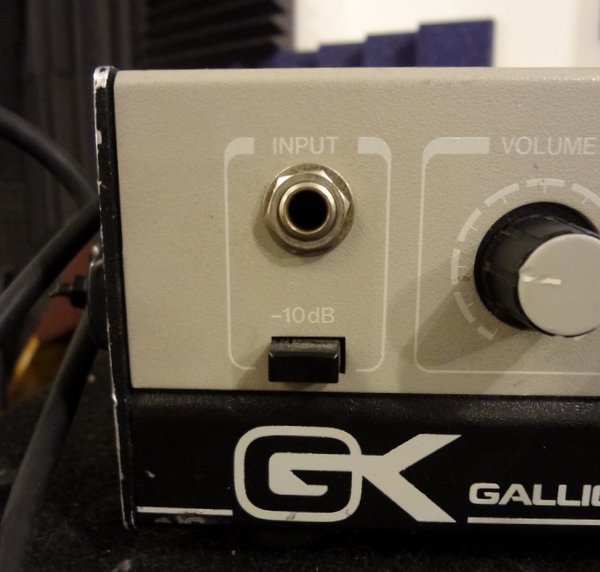Application Technology
Ancient Lego Robotics
The antikythera machine is commonly referred to as the “world’s oldest computer”. Dating back to around 150 B.C., the mechanism was discovered in a shipwreck around 1900, and it has amazed scientists and engineers with its precision craftsmanship. Recent x-ray analyses of the object helped bolster the conclusion that it was designed to predict eclipses, and probably was able to do so with remarkable accuracy.
 What could be more amazing than a 2000 year old computer? Perhaps this working replica of it, made entirely out of legos.
What could be more amazing than a 2000 year old computer? Perhaps this working replica of it, made entirely out of legos.
https://www.newscientist.com/blogs/nstv/2010/12/worlds-oldest-computer-recreated-in-lego.html
This video shows the functioning lego replica and gives some of the mathematical background relevant to how the machine operates (apparently the ratio 5/19 is extremely important for calculating the cycles of ellipses) . Throughout the video, the machine is deconsrtucted and you can see the inner-workings of the various parts. Truly amazing.
Resources Teaching
Reflections: Students in Math Class
At the end of the term I ask students to write simple reflections on their experiences from the year: what they learned about math, about the world, about themselves. It’s one of the many ways I get students writing in math class.
It’s a great way to model reflection as part of the learning process, and it’s also a good way for me to get feedback about the student experience.
Mostly, it’s fun! I love sharing and discussing the reflections with students, and it always results in great end-of-year conversations.
Here are some of my favorites.
After learning a little more about math, I think math is created rather than discovered. This makes mathematicians and scientists the creators, not merely the seekers.
I learned a lot of things from my classmates that I wouldn’t have learned if I were to just study on my own.
I have learned that I still have very much to learn about myself.
Mathematics is magical; it can lead you to a dead end, but then it can miraculously open up an exit.
Learning how to think of things in three dimensions completely changed the way I saw math.
By seeing algebraic and geometric interpretations, I learned how to communicate math in more ways.
The process which turns a difficult problem into a relatively easy problem is the beauty of math.
One of the best parts of reflection is how much it gets you thinking about the future. Plenty of food for thought here.
For more resources, see my Writing in Math Class page.
Related Posts
Challenge NYT Sports
Math Quiz: NYT Learning Network
 Through Math for America, I am part of an on-going collaboration with the New York Times Learning Network. My latest contribution, a Test Yourself quiz-question, can be found here:
Through Math for America, I am part of an on-going collaboration with the New York Times Learning Network. My latest contribution, a Test Yourself quiz-question, can be found here:
https://learning.blogs.nytimes.com/2012/06/13/test-yourself-math-june-13-2012/
This question is built around the recent $2 billion loss posted by the bank JPMorgan. How many yearly salaries is that loss equivalent to?

